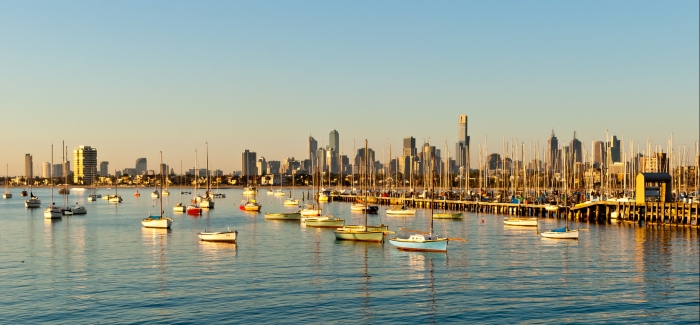The QS Best Student Cities 2017, due to be published on 15 February, will celebrate the world’s 100 best cities for international students, and for the first time the results will incorporate direct feedback from students around the world.
First published in 2012, this annual index highlights leading urban study destinations, drawing on a range of criteria relating to higher education options, student community, quality of life, employment prospects, and of course affordability.
For the first time this year, students and graduates worldwide were given the chance to contribute to the results, through a short online survey. Collecting over 18,000 responses in December 2016 and January 2017, the survey results provide a global perspective on which cities are in highest demand, which are most likely to retain graduates, and which offer the best overall student experience.
Incorporating students’ views
Adding the student survey was an important development, says Dasha Karzunina, lead analyst for this year’s edition. “For some time now we have been keen to incorporate the student view into our methodology; it was just a matter of figuring out how.”
She continues: “The student input not only adds a real-life perspective on studying in each city, verifying some of the other data-driven indicators we have, but also allows us to assess the more qualitative aspects of a city – such as how friendly and inclusive it is and whether it has a good nightlife.”
With high response rates from students and graduates around the world, the index now offers a more “complete” picture of the world’s best student cities, Karzunina says. She also notes that the student survey will have a significant impact on the results, bringing fresh prominence to cities that may have been previously underrated.
Which student cities have it all?
Alongside the global survey, the Best Student Cities index draws on more than 20 individual metrics to rate each city. These are grouped into six categories: University Rankings, Student Mix, Employer Activity, Desirability, Affordability, and Student View.
Expanded this year to feature 100 cities (from 75 last year), the index “aims to inform students about not only the most desired cities, but also the safest, most student-friendly, most affordable and least polluted cities with the best employment prospects,” Karzunina explains.
For the past four editions, the list has been led by Paris, reflecting the French capital’s concentration of internationally ranked universities, desirable lifestyle, diverse student community, and the low tuition fees that help to offset its famously high living costs. Last year saw Melbourne claim second place, followed by Tokyo, Sydney and London, while the affordability criteria prevented US cities from appearing in the overall top 10.
To get the 2017 results first, register for free email updates and follow us on social media.














